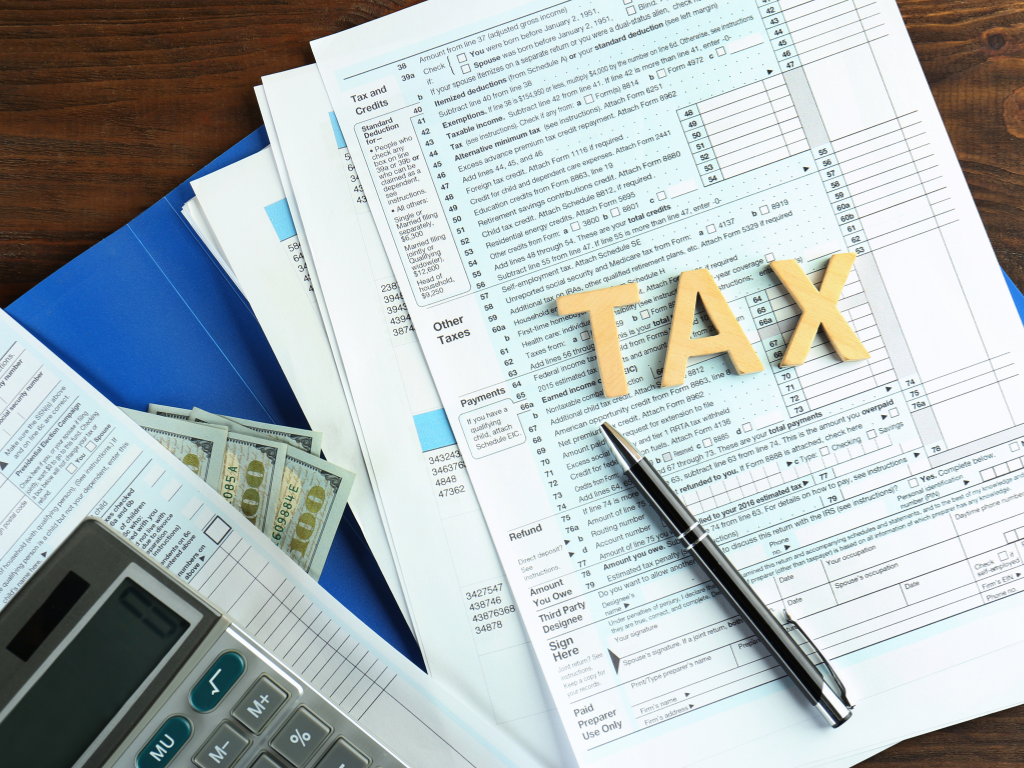Record levels of inflation are weighing on the construction industry when contractors are already feeling the squeeze from labor and supply shortages.
Contractors are seeing staggering increases for construction inflation, according to Associated General Contractors analysis. The Producer Price Index for inputs to new nonresidential construction — a weighted average of the goods and services purchased for every type of new construction other than housing — rose 24.1% between June 2020 and June 2021. By comparison, the inflation rate was 2.5% for the same period a year earlier.
“The construction industry is in the midst of a period of exceptionally steep and fast-rising costs for a variety of materials, compounded by major supply-chain disruptions and a shortage of available workers — a combination that threatens the financial health of many contractors,” the AGC analysis stated.
The scenario has created a formidable task for firms trying to plan for projects amidst the many market uncertainties. The good news is contractors can take steps to inform project forecasting, set realistic expectations, and take away some of the sting of inflation in the process.
The Upside of Inflation
Although the idea of inflation tends to provoke panic, economists point out there are some tradeoffs — and even benefits — when inflation is concerned.
Even though the prices of goods may be rising, those increases could bode well for the availability of labor and a higher volume of projects, according to Associated Builders and Contractors chief economist Anirban Basu.
Inflation will make it more difficult for people to pay their bills. That could force more people into the workforce, Basu explained recently in Construction Dive.
“That might induce them back into the labor market, which I think would be a positive. It’s time to get back to work,” Basu said.
Another advantage of rising prices, Basu said, is that it has put pressure on developers to lock in contracts before prices can go even higher – and while contractors still can take on the work.
“And to build a project, you don’t build it in a day — you build it in a year and a half, or two years. So people are starting to think that if they wait, they may miss the right opportunity to build their project,” Basu told Construction Dive.
Forecasting During Inflation
Information and communication are key when it comes to predicting project costs during a volatile inflationary environment. Here are some steps construction firms can take:
- Regularly revisit your company’s budget forecasts. Set dates for when to review these forecasts throughout the year to determine whether your firm is in line with budget predictions to avoid underbidding or overbidding on jobs as the year progresses.
- Take a cue from history. Look over your company’s historical budget data, as well as trends for the industry at large. History tends to repeat itself, and this data will help inform how to forecast future construction projects.
- Factor in direct and indirect costs. It’s just as important to include direct labor costs such as office administration and equipment fees as it is to add in more obvious, direct labor costs such as payroll taxes, workers’ compensation, and liability insurance. You’ll need to account for both types of costs if you want to make sure to have enough money to pay your employees.
- Keep owners informed on price changes. Keep tabs on credible, third-party data about changes in material costs and supply chain slowdowns that might affect a project’s cost and schedule, and regularly supply owners with timely updates on the latest information.
- Consider adding price adjustment clauses. These can protect both owner and contractor from unexpected spikes in materials prices. ConsensusDocs includes a price escalation resource center and provides model contract documents with industry-standard language for these clauses.
- Work with project owner to discuss timing for ordering materials. Buying materials early in the process can help you lock in prices before they start creeping up.
- Accept the reality of significant price adjustments. Inflation is real, and all indications suggest it will be here for a while. Assuming it’s just a temporary economic blip could leave you short on money in the long run.
Take comfort in knowing inflation won’t keep climbing forever.
“Materials prices do eventually reverse course,” AGC’s analysis says. “Owners and contractors alike will benefit when that happens. Until then, cooperation and communication can help reduce the damage.”
Staying on top of inflation rates — and forecasting projects accordingly — can be a daunting task. Our team of professionals can offer assistance and insights to help you accommodate inflation during these times.
Treasury Circular 230 Disclosure
Unless expressly stated otherwise, any federal tax advice contained in this communication is not intended or written to be used, and cannot be used or relied upon, for the purpose of avoiding penalties under the Internal Revenue Code, or for promoting, marketing, or recommending any transaction or matter addressed herein.
 Home
Home Sign In
Sign In Make a Payment
Make a Payment Search
Search











